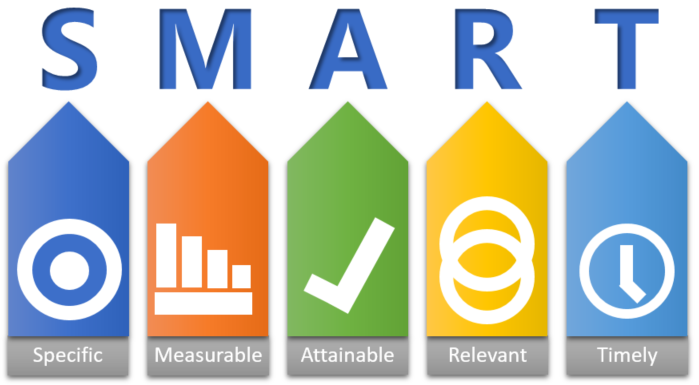Performance Metrics
Wisconsin Model
As we were developing our program we also had to come up with goals so that we could measure and report back about the performance of the program. There was also an understanding that while trying to define success and what a successful program really meant, there was also a recognition that we must do something to address the opioid epidemic in our population.
For our program, the performance metrics needed to fall within parameters that we could measure within our existing data infrastructure and resources. The performance metrics that WI DOC established for our program were:
Short-term goal: Participants receive AODA treatment and medication-assisted treatment to abstain from opioid use.
Medium-term goal: Reduce AODA-related probation violations and decrease incidence of opioid abuse relapse.
Long-term goal: Reduce recidivism rates and decrease rates of overdose among participants
Developing SMART Performance Metrics

![]()
Developing performance measurements that are SMART can make your data collection and program reporting much easier and more meaningful. SMART goals are
specific,
measurable,
attainable,
relevant, and
timely.
Setting SMART goals helps to put a framework to the goal and makes them actionable. An example of a SMART goal is "I want to lose 10 pounds in 6 weeks by not eating 3 donuts every morning." It's specific because it's clear what you want to accomplish; measurable because your scale can tell you that you are reaching your goal; achievable because you are the one who can chose not to eat the donuts; realistic because you don’t expect to lose 100 pounds; and time bound because you have a specific deadline.
An example of a goal that does not follow the SMART goals "I want to lose some weight." How will you measure it? What is your end date? How will you achieve the goal?
Developing metrics that are SMART can provide you with the data needed to request additional resources, publicize the success of your program, and provide a structure of information gathering that can serve as a model for other programs. You can find additional information, templates, tools, and examples by searching the web for "SMART Goals".